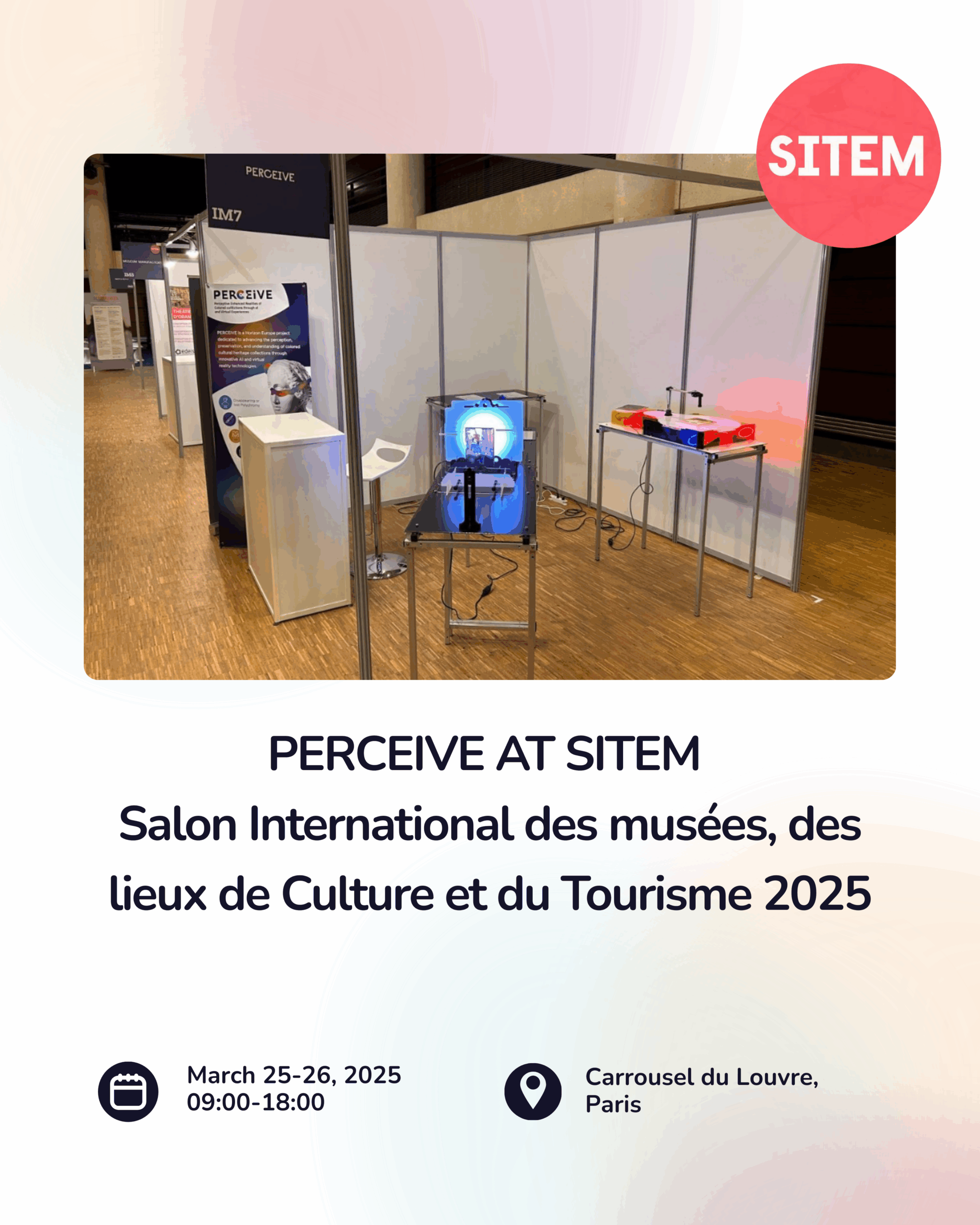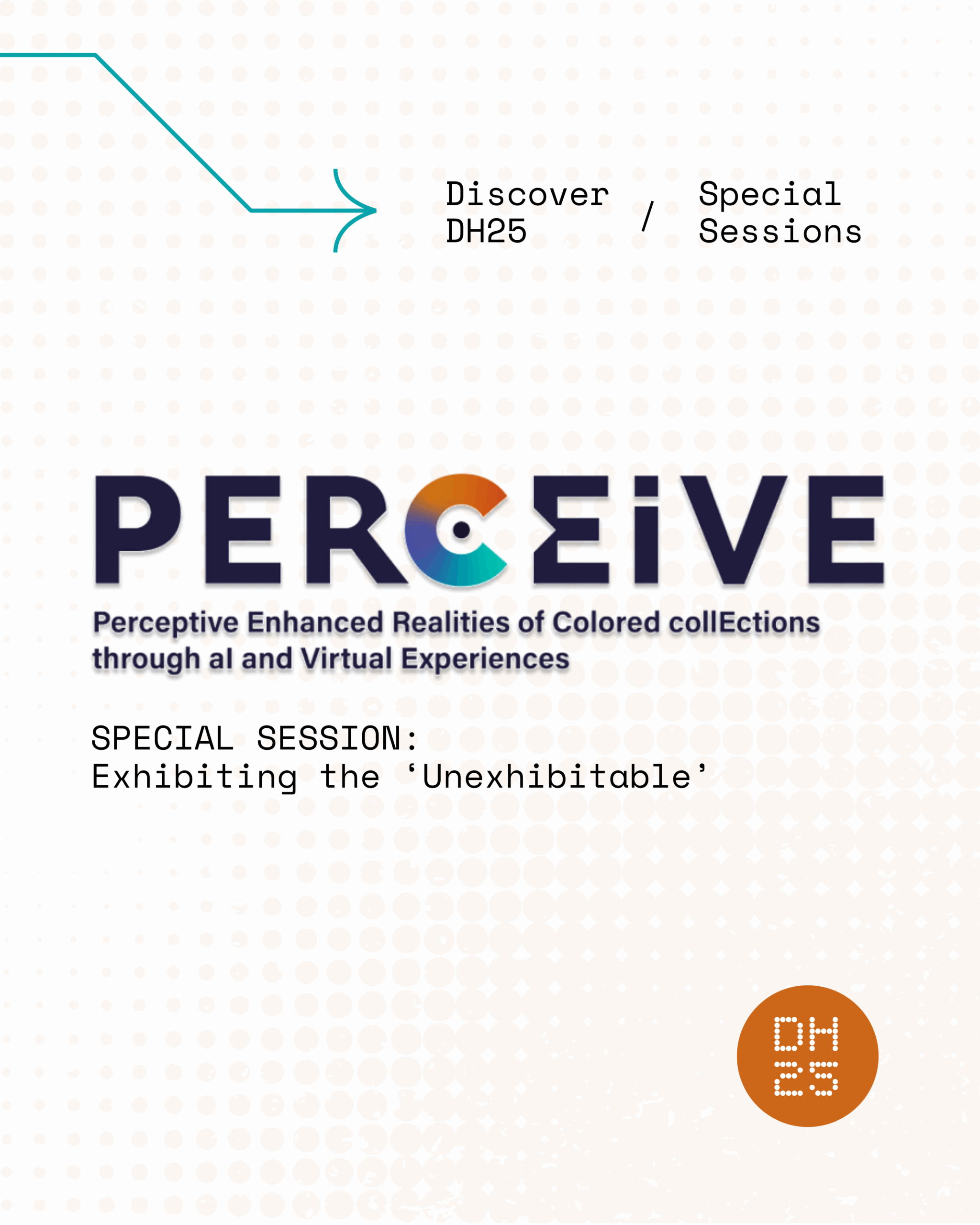![]() John Craig Freeman and
John Craig Freeman and ![]() Arthur Clay
Arthur Clay
Introduction
In a recent online meeting, John Craig Freeman and Arthur Clay came together virtually to discuss key issues surrounding the conservation of Augmented Reality (AR) artworks created between 2008 and 2018. John Craig Freeman, a public artist and professor of New Media at Emerson College, specializes in producing large-scale public works using emergent technologies, exploring the transformative relationship between digital networks and physical spaces. Arthur Clay, founder and director of the Virtuale Switzerland, is an artist and curator known for his innovative work in digital art and public space interventions.
The Virtuale Switzerland is a festival dedicated to the use of public space and new digital tools to create interactive art experiences. Its focus is not only on the display of artworks but also on reinventing the experience of participation itself. Over the years, the festival has showcased AR artworks, urban gaming, and digital heritage projects, bridging art, technology, and public engagement in unique and playful ways. During the early years of the festival, the program featured key members of the artist group Manifest.AR, which included John Craig Freeman, as well as Will Pappenheimer, Mark Skwarek, Tamiko Thiel, and Sander Veenhof.
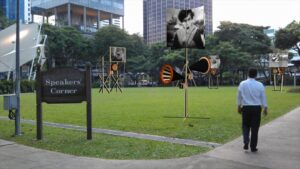
Orators, Rostrums, and Propaganda Stands, John Craig Freeman, augmented reality public art, in association with the Window Zoos & Views exhibition, curated by Arthur Clay, Digital Art Weeks, Singapore 2013 (screenshot courtesy of John Craig Freeman).
The discussion between Freeman and Clay was conducted within the framework of the PERCEIVE Project, an interdisciplinary initiative funded by the European Union, with the goal of exploring how cultural heritage collections—including digital-born artworks—can be preserved and reimagined using advanced technologies such as augmented and virtual reality. All of the work within the PERCEIVE project emphasizes the themes of care, authenticity, and accessibility, aligning perfectly with Clay and Freeman’s shared interests in AR preservation.
John Craig Freeman and Arthur Clay share a long history of collaboration within the framework of the Virtuale Switzerland festival. Freeman’s innovative contributions to AR art aligned seamlessly with Clay’s vision for reimagining the role of digital art in public spaces. Both artists and their partnership have consistently pushed boundaries, bringing attention to the social, cultural, and political dimensions of AR artworks, while creating meaningful dialogues between the public, the artists, and the evolving landscape of digital art.
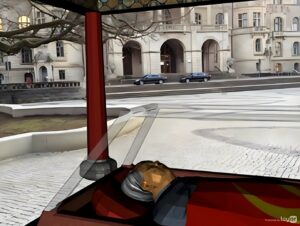
Crystal Coffin, Lily & Honglei, augmented reality public art, in association with the Virtuale Switzerland in Lugano, curated by Arthur Clay, 2014 (screenshot courtesy of Arthur Clay).
The Legacy of Early AR Artworks – A Conversation Summary
In their discussion, Arthur Clay and John Craig Freeman delved into the intricate challenges and opportunities of preserving early Augmented Reality (AR) artworks. Some of these early works, they agreed, hold immense historical value, representing the foundational moments of AR art as it began to push the boundaries of traditional institutional spaces. Freeman emphasized that these works captured the early spirit of digital art, where technological limitations became part of the artistic statement, celebrating the democratization of access to art.
Key aspects of these pioneering works were highlighted as essential for arguing their innovative character: the use of precise geolocation data, the conceptual relationship between virtual content and physical space, and the social and political contexts of the interventions. Freeman noted that these aspects are not only innovative but are the elements that define the artistic and cultural significance of the work. In agreement, Clay also noted that, alongside these, the intended interaction strategies incorporated into the artworks—facilitating engagement between viewers and the AR content—were of prime importance as well.
While updating the technological framework of such artworks offers potential advantages—such as improved visual quality, device compatibility, and enhanced stability—both Clay and Freeman recognized the inherent tension between technological advancements and artistic integrity. Freeman pointed out that the technological constraints of the 2010 era were not merely obstacles but integral to the works’ narratives and conceptual depth. Thus, migration to modern platforms must carefully balance historical authenticity with contemporary functionality. Clay remarked that the ingenuity with which the artists addressed the limitations of the time gave the artworks a distinctive quality.
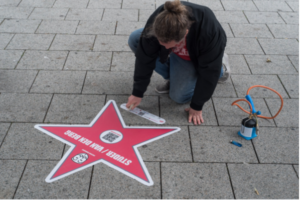
The image illustrates one of the stargates featured in the iJacking Hannover project, intricately embedded into the city’s sidewalks and conceived as portals granting access to a curated series of AR artworks orchestrated by the proect bost, Virtuale Switzerland.
Conclusion – Continuing the Journey of AR Preservation and Innovation
The conversation between Arthur Clay and John Craig Freeman highlights the profound significance of preserving early AR artworks as part of a broader effort to safeguard and celebrate the transformative moments in art history. These pioneering works continue to challenge our understanding of institutional spaces, public engagement, and the role of digital technologies in shaping art and culture.
The themes explored in this discussion align closely with the goals of the PERCEIVE Project, an interdisciplinary initiative that focuses on the care, authenticity, and accessibility of cultural heritage through advanced technologies. By fostering collaboration between artists, technologists, and cultural institutions, the project seeks to create innovative pathways for preserving and reimagining the legacy of AR art.
To explore the legacy of the Virtuale Switzerland, which has played a pivotal role in advancing the intersection of art and technology, visit the Virtuale Switzerland webpage. Additionally, for a deeper dive into the works of John Craig Freeman and nis contributions to AR as a medium, visit his webpage blog.
As the PERCEIVE Project progresses, it will continue to address critical issues surrounding the preservation and evolution of digital artworks, ensuring their relevance and accessibility for future generations. For more insights into the PERCEIVE Project and its ongoing work, subscribe to the PERCEIVE Newsletter.


